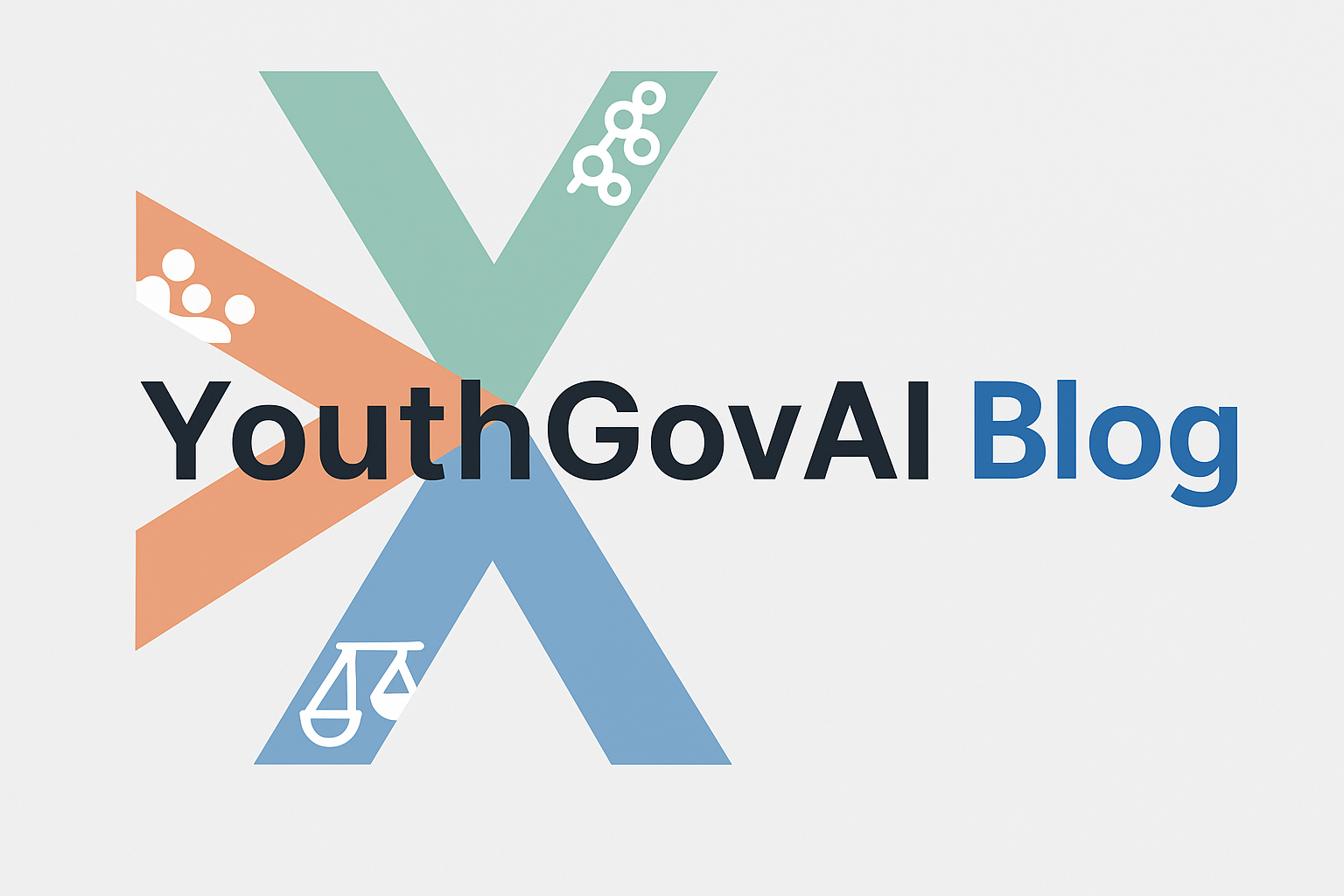AI is everywhere in young people’s lives. But do they really understand it—and are they ready to shape its future? We asked 305 of them to find out.
As Artificial Intelligence (AI) continues to reshape our daily lives, education, and even public discourse, understanding how young people perceive this technology is more important than ever—especially when it comes to designing future AI regulations. In Germany, we asked 305 adolescents and young adults to share their thoughts, experiences, and confidence levels around AI. Their answers reveal a generation that is both deeply immersed in AI technologies and still navigating the boundaries of trust, knowledge, and misconception.
Who took part in the survey?
Most respondents were aged 16–18, with good representation across genders—including male, female, non-binary, and those who preferred not to say. This makes the results broadly reflective of high school and early college-age youth in Germany.
Most have heard of AI—But what do they really know?
AI is clearly not a mystery to most German youngsters. A striking 86.2% of respondents said they’ve heard the term “Artificial Intelligence” and can explain what it means. That’s great news for anyone aiming to expand digital literacy. But here’s the catch: about 12.1% had heard the term but didn’t fully understand it, and a tiny handful (5 people total) had never heard of AI or couldn’t even guess what it meant. This shows that while awareness is high, understanding still needs some depth.
Confidence Isn’t always high
When it comes to how confident young people feel about their own AI knowledge, the picture becomes a bit more mixed. About a third of participants said they felt confident (115 respondents), and a similar number reported feeling moderately confident (116). However, more than 40 participants admitted to feeling slightly confident or not confident at all. It’s a reminder that familiarity doesn’t always equal understanding—and that AI education needs to go deeper than surface-level definitions.
Spotting AI in real life? Still tricky
Recognizing AI in the wild—like in apps, algorithms, or platforms—is a skill on its own. Here, confidence drops slightly: only 73 respondents felt confident identifying AI technologies, while the largest group (141) said they were moderately confident. Many admitted to feeling unsure. The gap between theoretical knowledge and practical awareness is a key challenge if we want young people to engage with AI critically and responsibly.
AI is already a big part of their lives
There’s no question: AI is everywhere in young people’s lives. Three out of four respondents use AI technologies multiple times a week, often through smartphones, social media, voice assistants, or recommendation algorithms. Only 13 people said they never interact with AI. In schools, the numbers are also impressive—AI is used for learning by the majority of participants, many of whom engage with it daily or several times per week.
Can they trust AI-generated information?
Tools like ChatGPT are becoming common learning aids, but how much do young people trust them? Most respondents said they were moderately (138) or confident (100) in the accuracy of LLM-generated content. Still, 51 respondents said they didn’t feel particularly confident about its correctness. This split suggests both promise and risk: while many are optimistic, some are potentially overconfident—making critical thinking all the more essential.
Disinformation? A real blind spot
One of the most concerning findings relates to disinformation. Only 10 young people felt very confident in spotting AI-generated fakes. Most others hovered in the moderate to low confidence range. This highlights a key vulnerability: despite frequent exposure to AI tools, many still struggle to verify whether the content they see is real. In an era of deepfakes and manipulated media, this gap demands urgent attention from educators and policymakers.
Misconceptions run deep
We also tested how well young people understood two common myths about AI:
“AI always acts in the user’s interest.”
Most said they were unsure or thought it was “rather true.” Only 58 respondents identified it as false or mostly false. This belief—that AI has our best interests at heart—may seem harmless, but it risks overlooking the real issues around bias, control, and corporate influence.
“AI is beyond human control and can act against its developers.”
Again, responses were split. Some young people imagined rogue AI systems, while others rejected this sci-fi scenario. But the high level of uncertainty here shows a need for clearer, fact-based discussions about how AI systems are built, who controls them, and what their real-world limits are.
What this means for AI education and regulation
German youth are clearly engaged with AI—they use it, know about it, and even trust it in many cases. But the survey results also spotlight key areas where knowledge is shallow or skewed by common misconceptions. Here are some takeaways for anyone shaping the future of AI regulation or education:
AI literacy must go beyond buzzwords.
Knowing what “AI” stands for is a start—but real literacy means understanding how it works, where it appears, and what its limits are.
Critical thinking is a must-have skill.
Young people need support in evaluating AI-generated content, especially as misinformation and algorithmic bias become more complex.
Myths must be addressed head-on.
Believing that AI is always benevolent—or completely uncontrollable—can lead to both complacency and fear. Clear communication is key.
Regulation should include transparency.
If AI decisions affect people’s lives, users deserve to know how those decisions are made—and who’s accountable when they go wrong.
In summary, German youth aren’t just future users of AI—they’re already living in an AI-shaped world. As this generation grows into voters, workers, and decision-makers, it’s vital that we equip them not just with tools, but with understanding. The insights from this survey are a call to action: to educate, to empower, and to ensure that AI serves people—not the other way around.
